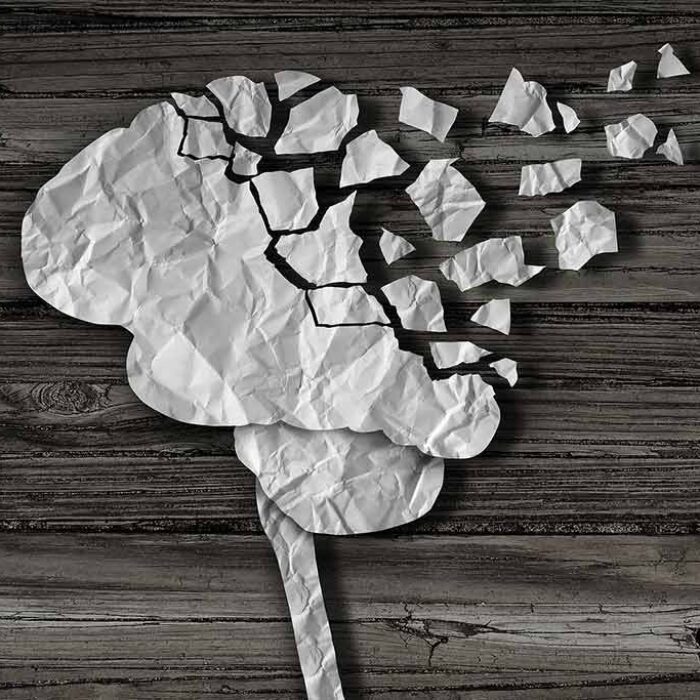What Led to Heroin Addiction Crisis?
The opioid epidemic has reached new heights in the United States, with the Centers for Disease Control and Prevention reporting that the number of heroin users has increased by nearly 300,000 over the past 10 years. Although public health officials are reacting to this news with alarm, the warning signs have been present for 10+ years. The epidemic has been brewing for years, with a constellation of factors causing it to bubble over into painkiller abuse and the heroin crisis it has now become.
Reading the Signs of the Times: Factors that Have Perpetuated the Heroin Addiction Epidemic
The CDC data on heroin abuse show that the number of heroin users have steadily increased over the past decade. Although the popular media often associates heroin abuse with poverty and minority status, rates of heroin use have risen among men and women from nearly every age group and socioeconomic status.
So what factors have perpetuated this heroin crisis? Interestingly, trends in opioid painkiller prescribing may provide a clue. Many have criticized U.S. doctors for widely over prescribing opiate-based pain pills, which have a high potential for physical dependence and addiction. In response to this crisis, public health officials have been trying to cut back on opioid painkiller prescribing. Unfortunately, this results in prescribers cutting off patients from the pain management strategy that has been helping them most. Thus, causing thousands of prescription painkiller users to experience opiate withdrawal, a process that has intense physical and psychological symptoms.
Rather than weathering the withdrawal process alone, thousands of these individuals have instead turned to heroin for relief. Without access to the treatments that can help them overcome opioid withdrawal in a safe, medically supervised manner, people must turn to illegal drugs such as heroin instead.
Additionally, a commonly overlooked factor that contributes to opioid abuse is that many heroin and prescription painkiller users experience intense psychological pain. Many individuals use opioids to mask their overwhelming emotional and psychological pain. The U.S. health system has devoted few resources to address mental health issues. Hence, leaving many people to grapple with stress, anxiety, depression, and other mental health issues on their own. Individuals turn to prescription pain pills and heroin to numb their pain because of this lack of accessibility of mental health treatments and the strong stigma against mental health problems.
Heroin Availability
Lastly, heroin has never been so widely available in the United States. According to the DEA, the availability of heroin increased across every region of the country in 2015 compared to 2008. This suggests that law enforcement efforts to curb the heroin epidemic are failing. The ongoing conflict in Afghanistan has contributed to this high availability of heroin. Afghanistan provides an estimated 90% of the world’s opium poppy supply. Extensive corruption and fighting among local warlords has caused poor Afghan farmers to turn to the relatively lucrative cultivation of poppies rather than other agricultural crops. The relative strength of Mexican cartels has also contributed to the heroin epidemic. Heroin is produced in South America and trafficked across the southern border of the United States.
How to Curb the Heroin Addiction Crisis in the United States?
Now that we are facing an opioid epidemic of unprecedented scope, it is time to get serious about curbing the use of prescription drugs and heroin in this country. Drug dependence, the physiological effects of using prescription opioids or heroin, is a medical condition that can be treated by medical opioid detox protocols. Unfortunately, access to this effective treatment is relatively limited at present. Additional funding must be secured to help patients get access to the treatment that can help them escape opioid dependence.
Facorts that lead to Opioid Addiction
After completing the detox process, individuals can begin to process the factors that led to opioid addiction. This may include: anxiety, stress, depression, or other mental health factors that perpetuate drug-seeking behavior. Only by addressing the physical dependence first can patients begin to work on these other issues. Reducing over-prescribing of opioid painkillers is part of the solution. However, we must simultaneously invest in supporting treatments that give patients viable alternatives to opioid abuse.
Source
https://www.theguardian.com/science/2016/may/25/opioid-epidemic-prescription-painkillers-heroin-addiction
http://www.businessinsider.com/us-heroin-coming-from-mexican-cartels
http://www.nbcnews.com/news/world/heroin-use-grows-u-s-poppy-crops-thrive-afghanistan-n388081














